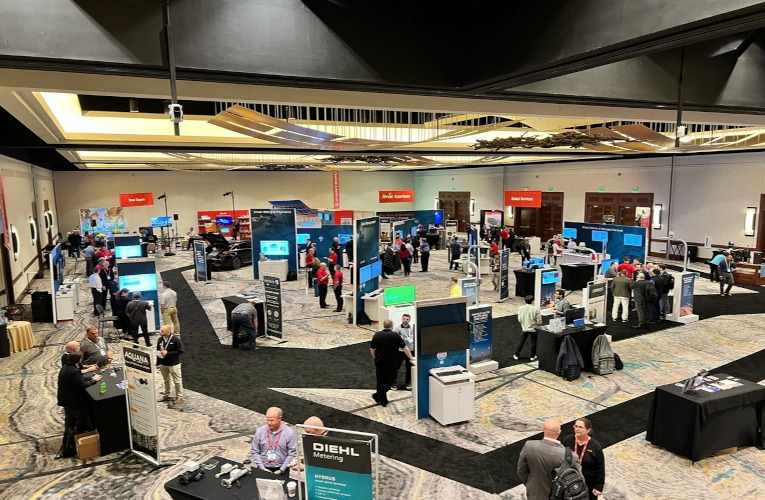
Forecasting, Itron Inspire
How Distributed Energy Resources are Reshaping the Future of Forecasting
As the energy landscape evolves, the integration of distributed energy resources (DERs) is becoming increasingly pivotal for utilities striving to deliver reliable services to their customers. The rapid adoption of these decentralized energy sources, including solar panels, electric vehicles and battery storage systems, are transforming the state of energy generation, consumption and management as we know it.
While DERs are crucial for advancing sustainable energy systems, integrating their impacts into utility load forecasting processes is essential to achieve efficient grid planning. Keep reading for a preview of what I’ll delve into at Itron Inspire 2024, including the complexities and benefits of DER integration, the impact on utility load forecasting and how utilities can bridge the gap between the IRP and distribution system forecasts.
Understanding DERs
To fully grasp the impact of DERs on load forecasting, it’s critical to understand what they are and why they’re important. DERs are smaller energy sources, such as solar panels, located close to where they are consumed. These resources enhance grid resilience by providing localized energy sources that reduce reliance on the central power grid and improve reliability during outages. They also contribute to energy efficiency by enabling more precise energy use and reducing transmission losses. Additionally, they support the integration of renewable energy sources by balancing supply and demand. Overall, DERs play a key role in creating a more flexible, reliable and sustainable energy system. However, for utilities to fully realize these benefits, they must first address the complexities that DERs introduce to the load forecasting process.
Complexities of DER Integration
The traditional approach to utility load forecasting is insufficient with the increasing penetration of DERs. To accurately predict DER output and their impacts on the grid, utilities need to adopt advanced forecasting techniques and technologies due to the intermittent nature of these resources and their disparate adoption across the grid. Balancing supply and demand becomes more complex, necessitating sophisticated load forecasting models that account for DER impacts. Furthermore, effective integration of DERs demands robust communication and control systems, including real-time monitoring for seamless integration and optimized grid operations. Utility adoption of advanced forecasting methods allows for dynamic adjustments, addressing the challenges of grid stability and enabling utilities to leverage the benefits DERs have to offer.
Impacts on Utility Load Forecasting
DERs are significantly altering utility load forecasting by introducing greater variability and complexity, necessitating advanced analytical approaches to accurately predict and manage energy demand. Unlike centralized power plants, DERs generate electricity based on the availability of renewable resources, making accurate generation prediction challenging. Utilities can use various methods and models, including machine learning algorithms, to forecast DERs by analyzing historical data, weather patterns and other factors. Accurate load forecasting is crucial for grid planning, as it helps utilities balance supply and demand, optimize energy generation and distribution and ensure grid stability. It also leads to cost savings by optimizing infrastructure and preventing financial losses and customer dissatisfaction.
Learn More about DER Integration at Itron Inspire 2024
This is just the tip of the iceberg in terms of how the emergence of new technologies is driving significant variations in capacity requirements across the grid. To learn more about the integration of DERs, join us at Itron Inspire 2024, from Oct. 6-8 in Palm Desert, CA and attend my session, Integrating DERs into Load Forecasting for Future Grid Planning. Don’t forget to join the conversation on social media by using the hashtag #ItronInspire24. I hope to see you there!





